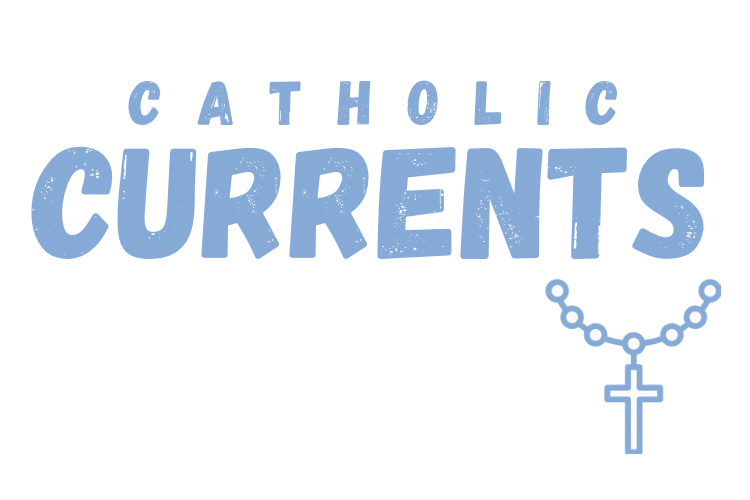Saint Patrick's Day, observed on March 17th, is a day of celebration and cultural pride for the Irish and those of Irish descent around the world. This day commemorates the life and legacy of Saint Patrick, the patron saint of Ireland. In this blog post, we will explore the fascinating story of Saint Patrick and the significance of his contributions.
Who was Saint Patrick?
Saint Patrick, also known as the Apostle of Ireland, was born in Roman Britain in the late 4th century. At the age of 16, he was captured by Irish pirates and taken to Ireland as a slave. During his captivity, he worked as a shepherd and turned to his faith for solace and strength.
After six years, Saint Patrick escaped and returned to Britain. However, he felt a calling to return to Ireland to spread Christianity among the pagan Irish people. He studied theology and prepared himself for his mission. Eventually, he was ordained as a bishop.
I arise today through God’s strength to pilot me; God’s might to uphold me. ~ Saint Patrick~
Spreading Christianity in Ireland
Saint Patrick arrived in Ireland around 432 AD and began preaching the Gospel throughout the country. He used familiar symbols and concepts from Irish culture to explain Christian teachings, such as using the three-leafed shamrock to illustrate the concept of the Holy Trinity.
Through his tireless efforts, Saint Patrick converted many Irish people to Christianity and established churches and monasteries across the land. He also played a significant role in preserving ancient Irish literature and culture during a time when much of Europe was undergoing upheaval.
"I know for certain, that before I was humbled I was like a stone lying in deep mire ~ Saint Patrick ~

The Legend of Driving Out Snakes
One popular legend associated with Saint Patrick is that he drove all snakes out of Ireland. However, this story is more likely symbolic than literal, as Ireland has never been home to snakes. It is believed that the snakes represent the pagan beliefs and practices that Saint Patrick helped eradicate by introducing Christianity.
Celebrating Saint Patrick's Day
Saint Patrick's Day has evolved into a global celebration of Irish culture and heritage. People around the world wear green clothing, decorate their homes and businesses with shamrocks, and participate in parades, festivals, and traditional Irish music and dance performances.
In Ireland, Saint Patrick's Day is a national holiday marked by religious ceremonies, lively street festivals, and the famous St. Patrick's Day parade in Dublin. It is a time for people to come together, celebrate their Irish identity, and honor the legacy of Saint Patrick.
Conclusion
Saint Patrick's Day is more than just a day of revelry and merriment; it is an opportunity to reflect on the life of a remarkable individual who dedicated himself to spreading Christianity and preserving Irish culture. Saint Patrick's legacy continues to inspire millions around the world, reminding us of the power of faith, resilience, and cultural pride.
So this March 17th, let us raise a glass to Saint Patrick and celebrate the spirit of Ireland wherever we may be!


